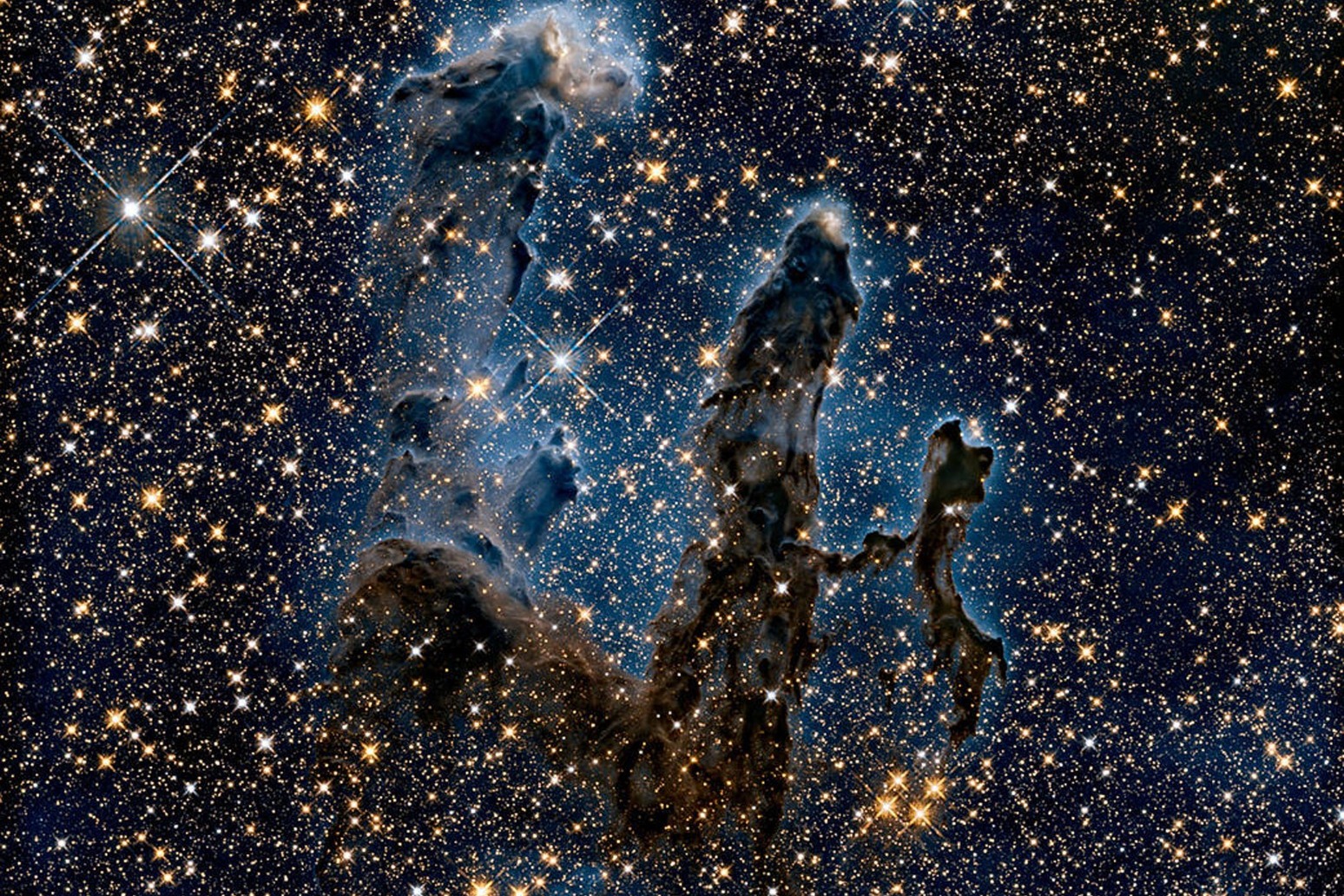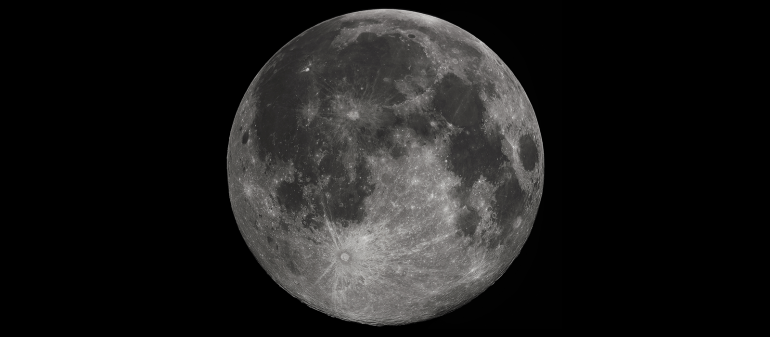Listeners:
Top listeners:
-
 play_arrow
play_arrow Rother Radio (128K) Love Local, Love Music!
-
 play_arrow
play_arrow Rother Radio (64K) Love Local, Love Music!
-
 play_arrow
play_arrow Rother Radio (South Yorkshire) (64K) Love Local, Love Music!
-
 play_arrow
play_arrow Rother Radio (South Yorkshire) (128K) Love Local, Love Music!
-
 play_arrow
play_arrow Rother Radio (Doncaster) (64K) Love Local, Love Music!
-
 play_arrow
play_arrow Rother Radio (Doncaster) (128K) Love Local, Love Music!
-
 play_arrow
play_arrow Rother Radio Xmas Love Local, Love Music!
-
 play_arrow
play_arrow Rother Radio – Special Announcement Love Local, Love Music!


The “space dust” which helps to form the stars and planets around the cosmos is spongier than previously thought, a group of scientists have found.
The international group of astronomers and astrochemists reviewed years’ of research to try and resolve a simple question – is cosmic dust porous?
These tiny dust grains are fundamental to astronomy and are found in the star-forming regions of space such as the Pillars of Creation.
Professor Martin McCoustra from Heriot-Watt University in Edinburgh took part in the study, which was published in the Astronomy and Astrophysics Review.
The tiny dust grains are far from being like miniature rocks, he explained.
He said: “In fact, they’re more like fluffy little sponges, riddled with tiny voids.”
Cosmic dust can influence how light travels through space and form the building blocks for life.
The researchers found clues about dust porosity from different observations and space missions.
The European Space Agency’s Rosetta mission to comet 67P also found extremely fragile, fluffy dust particles, some with porosities exceeding 99%.
Professor McCoustra added: “Spongy grains could be more easily destroyed by shocks and radiation as they travel through interstellar space.”
He continued: “We should remember that nearly 100 years ago, astronomers did not believe molecules could exist in space, as the environment was considered too harsh.
“Today, astrochemistry is recognised as addressing fundamental questions in terms of star formation and the origins of life.”
Dr Alexey Potapov from the Friedrich Schiller University Jena, the lead author of the review, said: “If these grains are porous, that means they have a far greater surface area than we thought.
“That could radically change our understanding of how molecules form and evolve in space.”
However astronomers remain divided, with some models suggesting high porosity would make dust grains too cold or fragile to match what telescopes observe in interstellar clouds.
It was concluded that further observations, laboratory work and modelling are required to resolve the debate.
Published: by Radio NewsHub
Written by: Radio News Hub
Similar posts
Now Playing
Now playing: -
On Air Now
 more_vert
more_vertThrough The Night
12:00 am - 5:00 am
Through The Night
The Best Variety of Hits Through the Night!
Staying up late or can't sleep? Rother Radio plays the best variety of music to see you through the night!
closeSponsored
Weather
Upcoming Local Event
Latest from Facebook
Search Rother Radio
Contact Us
- https://www.rotherradio.co.uk
- 01709 257 175
- studio@rotherradio.co.uk
About Us
Rother Radio – Love Local, Love Music! → Discover more
Our Partners
Rother Radio is owned by Rotherham Broadcasting CIC







